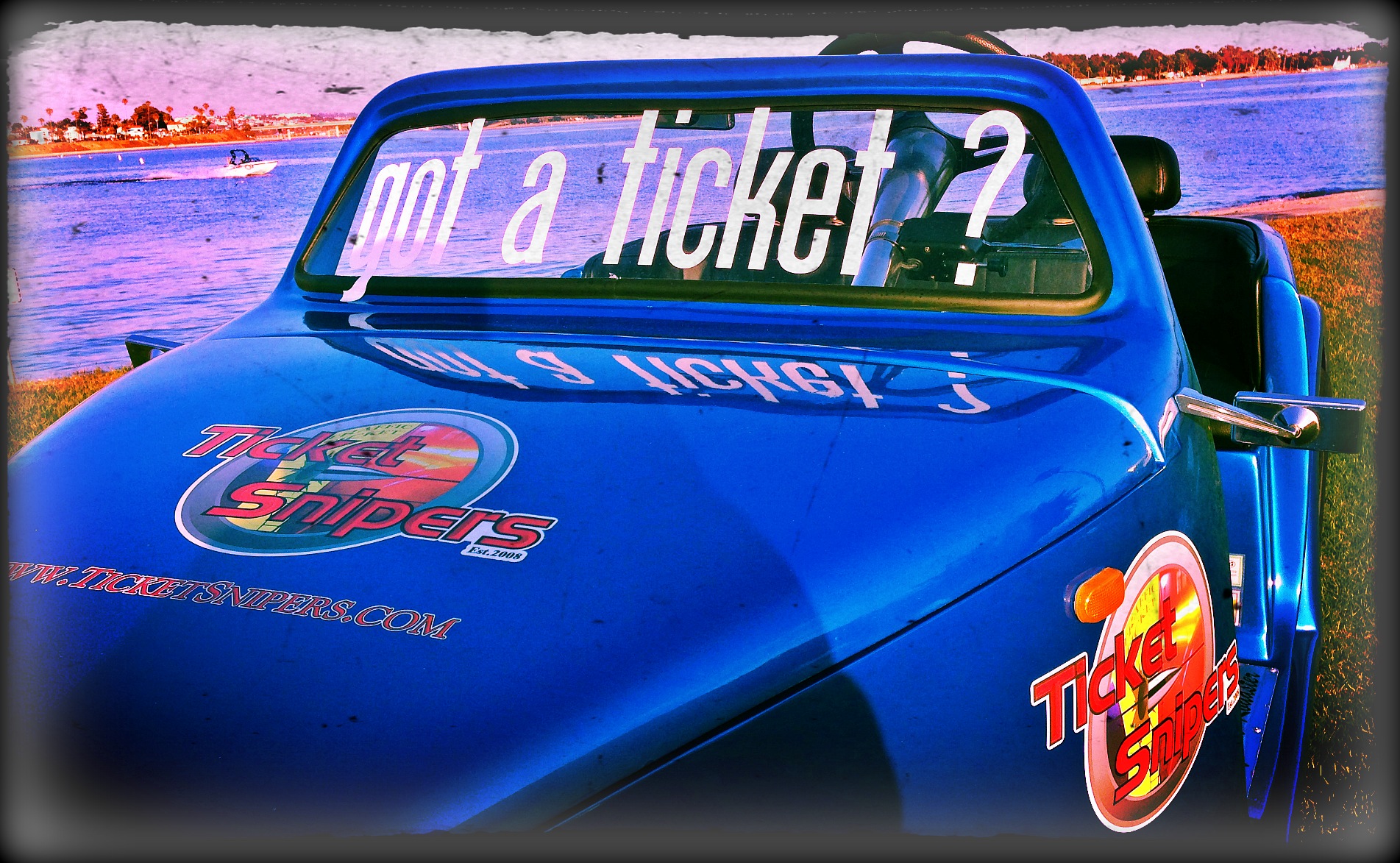California Vehicle Code § 21260 governs the use of low-speed vehicles on California streets, including golf carts.
The Vehicle Code specifically states that low-speed vehicles cannot be operated on any roadway that has a speed limit over 35 miles per hour.
The code states that you may cross a roadway that has a speed limit over 35 miles per hour if you cross at an intersection from a roadway with a speed limit of less than 35 miles per hour to another roadway with a speed limit of 35 miles per hour or less.
However, you cannot cross at an uncontrolled intersection of a state highway unless the intersection has been approved for use by low-speed vehicles as a crossing by a traffic enforcement agency with the authority of the intersection.
The Vehicle Code for Low-Speed Vehicles May Be Modified
If you have a low-speed vehicle, you must be very careful when operating the vehicle on California streets and roadways. In addition, to the above CVC section, you must also check with local governments and other agencies with authority over local roads to determine if a neighborhood electric vehicle transportation plan has been adopted.
The right to adopt a neighborhood electric vehicle transportation plan gives communities the freedom to provide residents the ability to use golf carts and other low-speed vehicles within the neighborhood as an alternate form of transportation.
However, if you are not careful, you could receive a traffic ticket for violating the California Vehicle Code. Therefore, before using a golf cart or other low-speed electric vehicle, make sure you know the applicable laws in the area. A little bit of research can help you avoid a costly California traffic ticket.
Golf Cart vs. Low-Speed Vehicles
Golf carts are a common type of low-speed vehicle used as neighborhood electric vehicles. The CVC defines a golf cart as a “motor vehicle having not less than three wheels in contact with the ground, having an unladen weight less than 1,300 pounds, which is designed to be and is operated at not more than 15 miles per hour and designed to carry golf equipment and not more than two persons, including the drive.” (CVC § 345)
You are not required to have a valid California driver’s license or operate a golf cart on private property. The same goes for registering a golf cart with the California Department of Motor Vehicles – on private property it is not necessary. However, when operating a golf cart on public streets and roadways, the vehicle must comply with all regulations associated with operating a vehicle including possessing a valid license and registration.
As far as other low-speed vehicles go, the CVC defines them as a “motor vehicle that meets all of the following requirements: (1) has four wheels, (2) can attain a speed, in one mile, of more than 20 miles per hour and not more than 25 miles per hour, on a level paved surface, and (3) has a gross vehicle weight rating of less than 3,000 pounds.” (CVC § 385(a))
You must have a valid California driver’s license to operate a low-speed vehicle. You also must register a low-speed vehicle with the California Department of Motor Vehicles before using the low-speed vehicle on any public roadway.
We are Big Fans of Neighborhood Electric Vehicles (NEV)
A Neighborhood Electric Vehicle (NEV) is a U.S. denomination for battery electric vehicles that are usually built to have a top speed of 25 miles per hour and have a maximum loaded weight of 3,000 lb. Depending on the particular laws of the state, they are legally limited to roads with posted speed limits of 45 miles per hour or less. NEVs fall under the United States Department of Transportation classification for low-speed vehicles.
We fell in love with this concept and decided to purchase a NEV for the office. The convenience, easy driving, and ability to park in spaces only a motorcycle could fit into make these vehicles extremely attractive and a lot of fun.
Traffic Laws for Low-Speed Vehicles in California
Drivers of low-speed vehicles and golf carts must obey California traffic laws. For example, low-speed vehicles must yield to bicyclists, pedestrians, and other vehicles. In addition, drivers of low-speed vehicles may be held liable criminally and civilly if they cause a collision that results in property damage or other injuries.
If you receive a citation for the incorrect operation of a low-speed vehicle, the minimum fine is $196.
Did you receive a violation in a low-speed vehicle? Reach out to our team to gain a better understanding of your options. We also offer a free ticket review.





